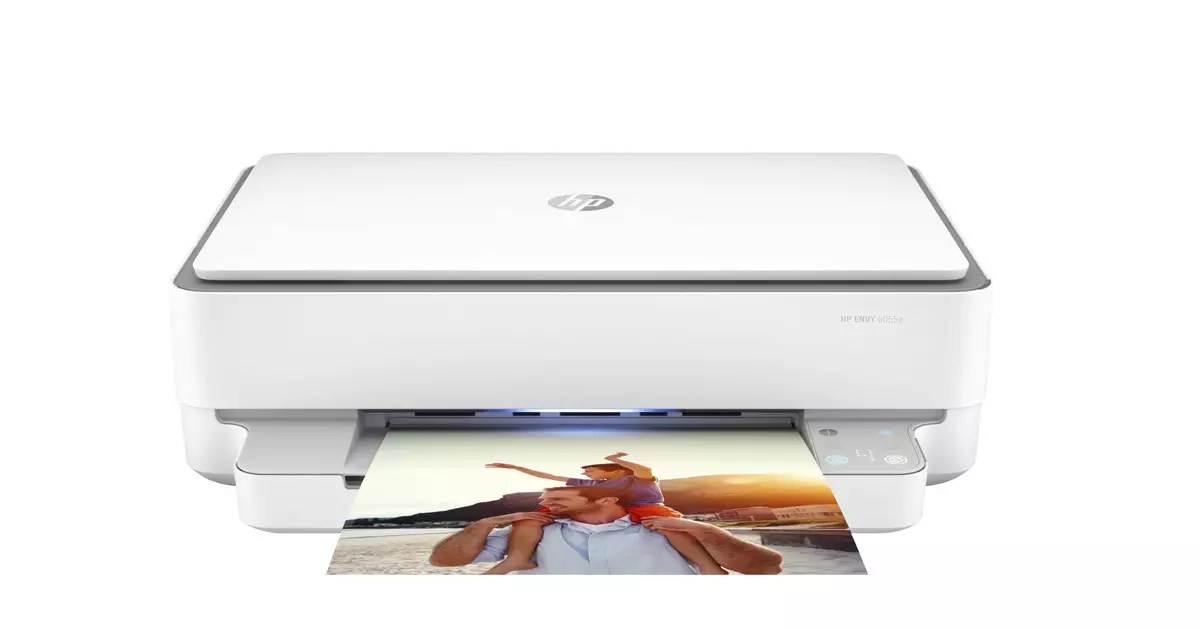HP has recently launched a subscription service called the HP All-In Plan, which offers customers the option to rent a printer along with ink on a monthly basis. This new service aims to provide a hassle-free printing experience by eliminating the need to buy a printer upfront and ensuring that customers always have ink available when needed. While this may seem like a convenient option for some users, there are several aspects of the HP All-In Plan that warrant a critical evaluation.
The HP All-In Plan offers a range of subscription options, starting at $6.99 per month for 20 pages’ worth of prints and the current HP Envy model. The subscription fees increase based on the number of pages and the printer model included in the plan, with the highest tier costing $35.99 per month for an OfficeJet Pro and 700 pages. In addition to the monthly fee, customers are required to pay an additional charge for any extra pages printed beyond their allotted limit. This pay-per-page model can lead to unpredictable costs for users, especially those who print frequently or in large volumes.
One significant drawback of the HP All-In Plan is that it operates as a two-year rental agreement, rather than a lease-to-own arrangement. This means that customers do not have the option to purchase the printer at the end of the subscription period, and if they decide to opt-out of the service, they must return the printer to HP. Furthermore, customers who cancel their subscription before the two-year term may be subject to hefty fees, up to $270 depending on the plan and the timing of cancellation. This lack of flexibility in ownership rights can be a major deterrent for individuals who prefer to have full control over their printing equipment.
While HP markets the All-In Plan as a solution to the frustrations commonly associated with printer ownership, such as ink shortages and hardware failures, it is essential to consider whether the subscription model truly addresses these issues. The promise of “continuous printer coverage” and “next-business-day printer replacement” may sound appealing, but it remains to be seen whether HP can deliver on these claims effectively. Additionally, the convenience of having ink automatically delivered before running out may not be sufficient to justify the ongoing costs and restrictions imposed by the subscription plan.
HP’s All-In Plan represents one approach to addressing the challenges of printer ownership, focusing on alleviating user frustrations and simplifying the printing process. However, it is crucial to recognize that other companies may adopt different strategies to cater to diverse customer needs. Some users may prefer printers that prioritize functionality and reliability over subscription-based services, opting for devices that simply get the job done without excessive fees or restrictions. By comparing HP’s subscription model to alternative offerings in the market, customers can make more informed decisions about their printing solutions.
While HP’s All-In Plan offers a novel approach to printer ownership and ink replenishment, its limitations and potential drawbacks raise significant concerns. Customers should carefully evaluate the terms and conditions of the service, weighing the benefits of convenience against the costs of long-term commitment and lack of ownership rights. As the printing industry continues to evolve, it is essential for consumers to stay informed about the latest trends and developments, allowing them to make informed choices that align with their preferences and budget constraints.


Leave a Reply